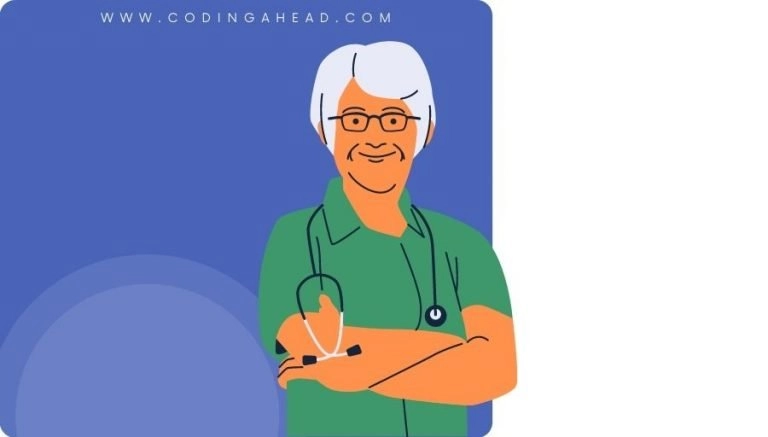How To Use CPT Code 43244
CPT 43244 describes a specific procedure used in esophagogastroduodenoscopy (EGD) to treat enlarged blood vessels in the esophagus or stomach. This article will cover the description, official description, procedure, qualifying circumstances, appropriate usage, documentation requirements, billing guidelines, historical information and billing examples.
1. What is CPT Code 43244?
CPT 43244 is a code used to describe a procedure performed during an esophagogastroduodenoscopy (EGD) to treat enlarged blood vessels in the esophagus or stomach. The provider uses a flexible endoscope to insert tiny rubber bands around the varicose vessels, causing them to shrink and preventing further bleeding.
2. Official Description
The official description of CPT code 43244 is: ‘Esophagogastroduodenoscopy, flexible, transoral; with band ligation of esophageal/gastric varices.’
3. Procedure
- After administering anesthesia, the provider inserts a flexible endoscope through the patient’s mouth and down into the esophagus, stomach, and duodenum.
- The provider inspects the upper gastrointestinal (GI) tract to identify esophageal or gastric varices, which are dilated blood vessels prone to bleeding.
- Tiny rubber bands are placed around the varicose vessels, which will cause them to shrink and eventually slough off, preventing further bleeding.
4. Qualifying circumstances
CPT 43244 is used when a patient has esophageal or gastric varices that require treatment. It should not be reported in conjunction with other specific codes related to EGD procedures or control of nonvariceal bleeding with band ligation.
5. When to use CPT code 43244
CPT code 43244 should be used when a provider performs band ligation of esophageal or gastric varices during an EGD procedure. It should not be used for other purposes or in conjunction with certain related codes.
6. Documentation requirements
To support a claim for CPT 43244, the provider must document the following information:
- Patient’s diagnosis and the presence of esophageal or gastric varices
- Date and details of the EGD procedure
- Description of the band ligation procedure, including the number of bands used
- Any complications or adverse events
- Signature of the performing provider
7. Billing guidelines
When billing for CPT 43244, ensure that the procedure meets the specific requirements outlined in the code description. It should not be reported with certain other EGD or band ligation codes. It is important to review the documentation carefully to select the most appropriate code for the specific procedure performed.
8. Historical information
CPT 43244 was added to the Current Procedural Terminology system on January 1, 1994. There have been no updates or changes to the code since its addition.
9. Examples
- A gastroenterologist performing an EGD procedure and using band ligation to treat esophageal varices in a patient with liver cirrhosis.
- A surgeon performing an EGD procedure and using band ligation to treat gastric varices in a patient with portal hypertension.
- An interventional radiologist performing an EGD procedure and using band ligation to treat esophageal varices in a patient with a history of gastrointestinal bleeding.
- A gastroenterologist performing an EGD procedure and using band ligation to treat gastric varices in a patient with a history of alcohol abuse.
- A hepatologist performing an EGD procedure and using band ligation to treat esophageal varices in a patient with hepatitis C.
- A gastroenterologist performing an EGD procedure and using band ligation to treat gastric varices in a patient with a history of peptic ulcer disease.
- An interventional radiologist performing an EGD procedure and using band ligation to treat esophageal varices in a patient with a history of esophageal variceal bleeding.
- A surgeon performing an EGD procedure and using band ligation to treat gastric varices in a patient with a history of gastric variceal bleeding.
- A gastroenterologist performing an EGD procedure and using band ligation to treat esophageal varices in a patient with a history of liver transplantation.
- An interventional radiologist performing an EGD procedure and using band ligation to treat gastric varices in a patient with a history of splenic vein thrombosis.


